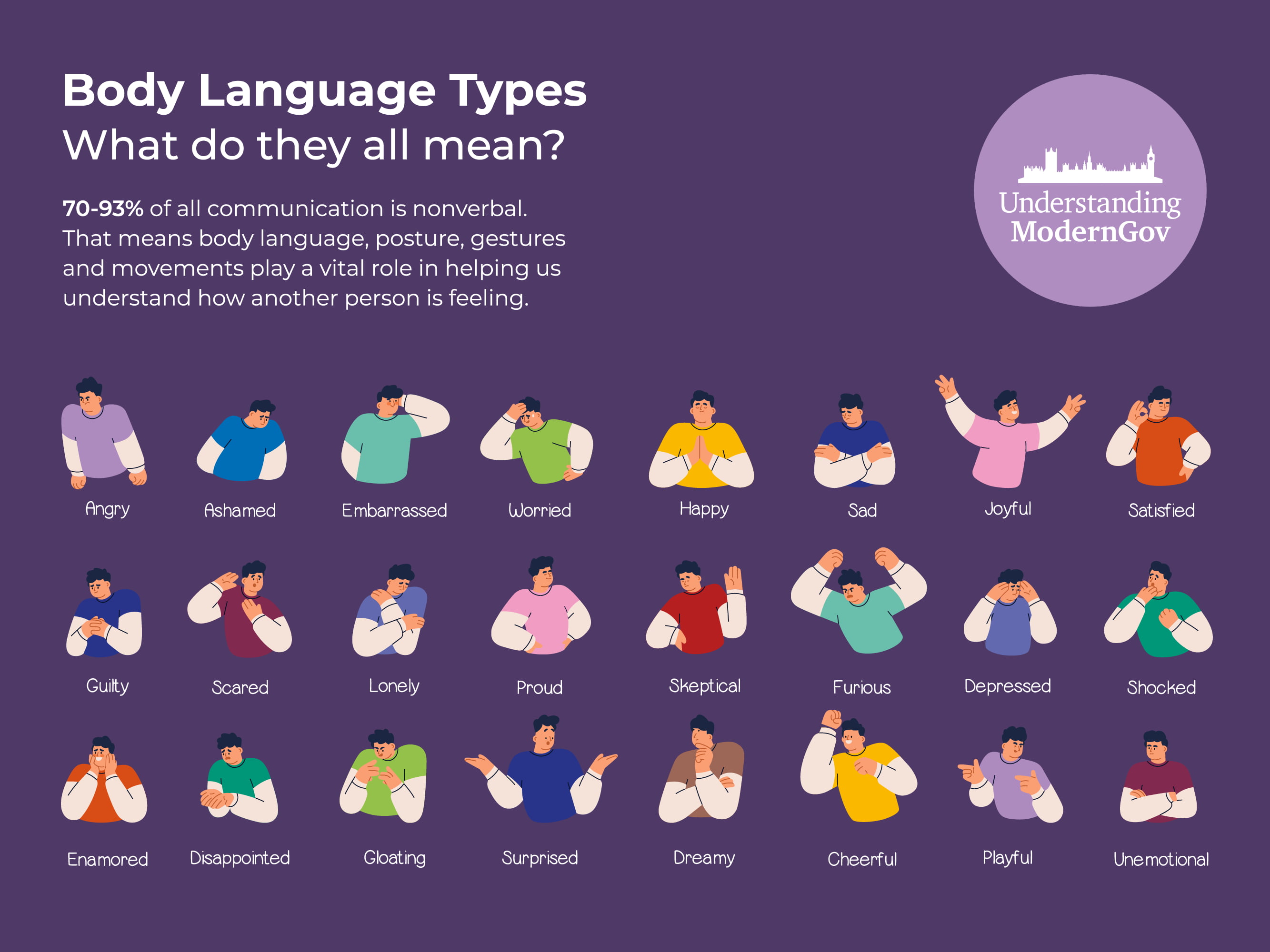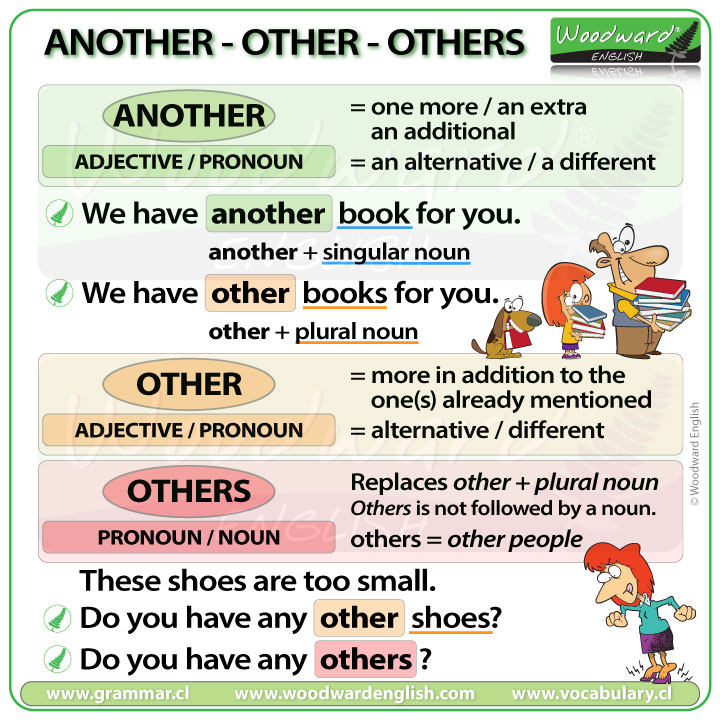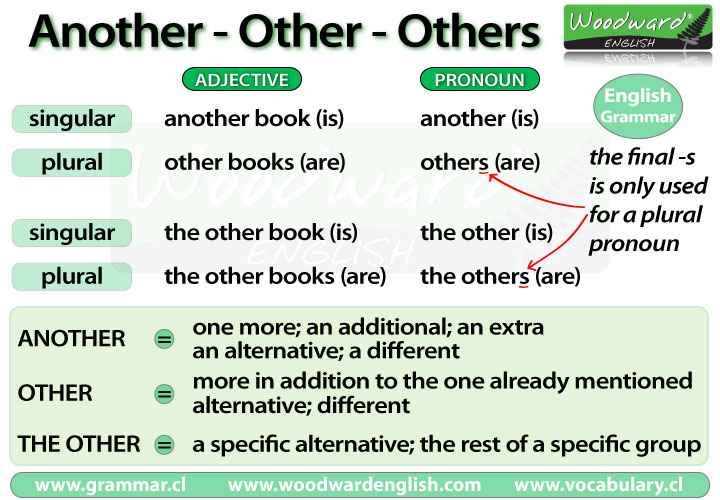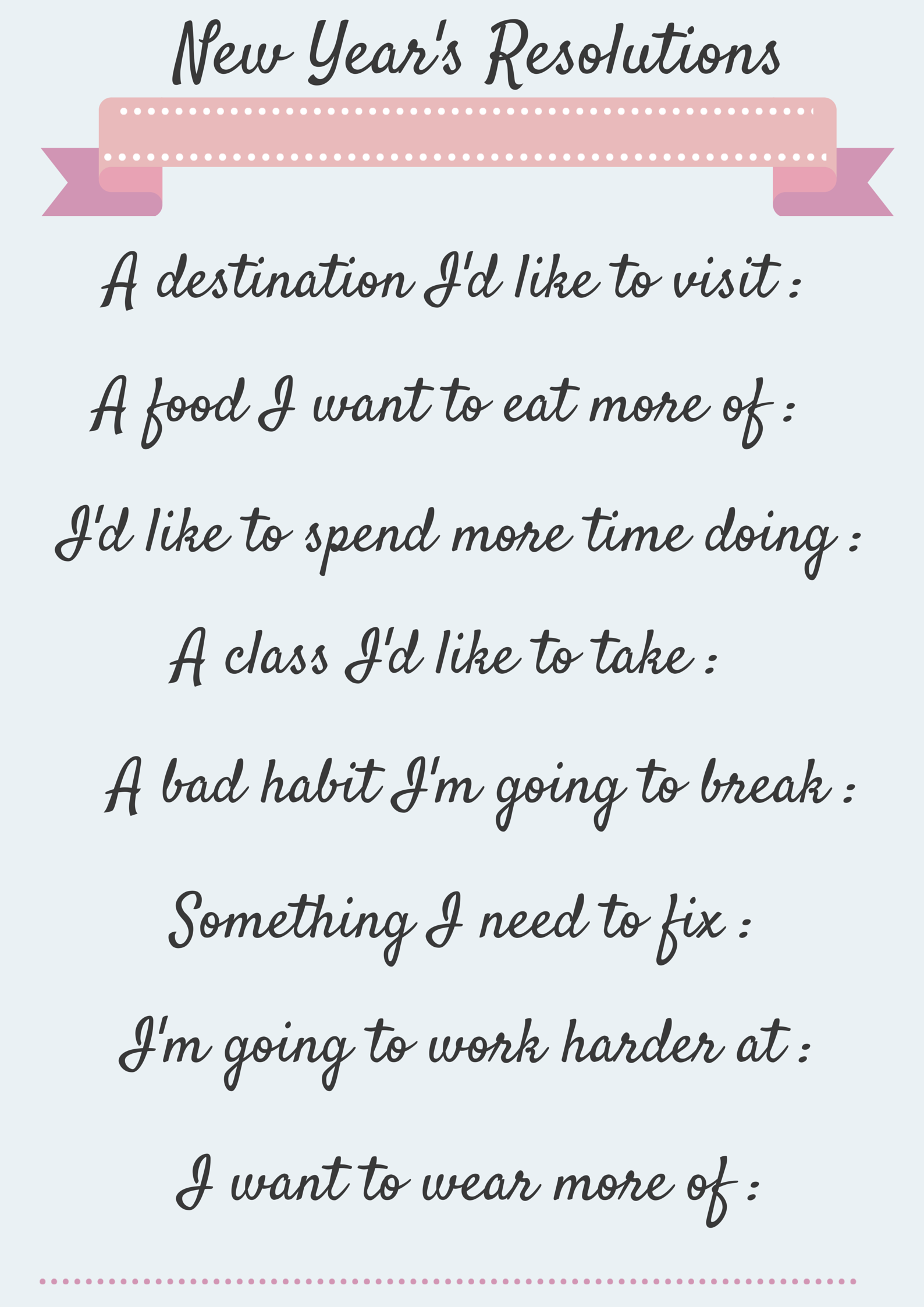Body Language
Body language is a type of non-verbal communication in which physical behavior, as opposed to words, are used to express or convey information. Such behavior includes facial expressions, body posture, gestures, eye movement, touch and the use of space. Body language exists in both animals and humans, but this article focuses on interpretations of human body language. It is also known as kinesics. The difference between the words people speak and our understanding of what they are saying comes from non-verbal communication, otherwise known as “body language.” As you will learn in this article, by developing your awareness of the signs and signals of body language, you can more easily understand other people, and more effectively communicate with them.
Key Aspects of Body Language
Facial Expressions: The face is a primary means of expressing emotions. Facial expressions such as smiling, frowning, raising an eyebrow, or narrowing the eyes can convey happiness, sadness, surprise, anger, or other emotions.
Gestures: Hand and arm movements can accentuate or emphasize spoken words. Common gestures include waving, pointing, thumbs-up, handshakes, or crossing arms, each carrying its own meaning in different contexts and cultures.
Posture: The way we hold our bodies can indicate our level of confidence, openness, or defensiveness. Standing tall and straight often signifies confidence, while slouching or crossing arms may suggest defensiveness or discomfort.
Eye Contact: The eyes can convey a wealth of information. Maintaining eye contact demonstrates attentiveness and interest, while avoiding eye contact can signal shyness, dishonesty, or disinterest.
Proximity: The physical distance between individuals can communicate social or personal boundaries. Standing too close can be perceived as invasive, while keeping a comfortable distance is considered respectful.
Touch: Physical touch can convey various messages depending on the context and culture. Handshakes, hugs, pats on the back, or even a gentle touch on the arm can indicate friendliness, support, or familiarity.
Micro expressions: These are brief, involuntary facial expressions that occur spontaneously and reveal underlying emotions. Micro expressions can be fleeting, but they can offer insights into someone’s true feelings or attitudes.

:max_bytes(150000):strip_icc()/sample-letter-format-2063479-Final-edit-818c959e2de34d6b99e3b4823669ac58.jpg)












